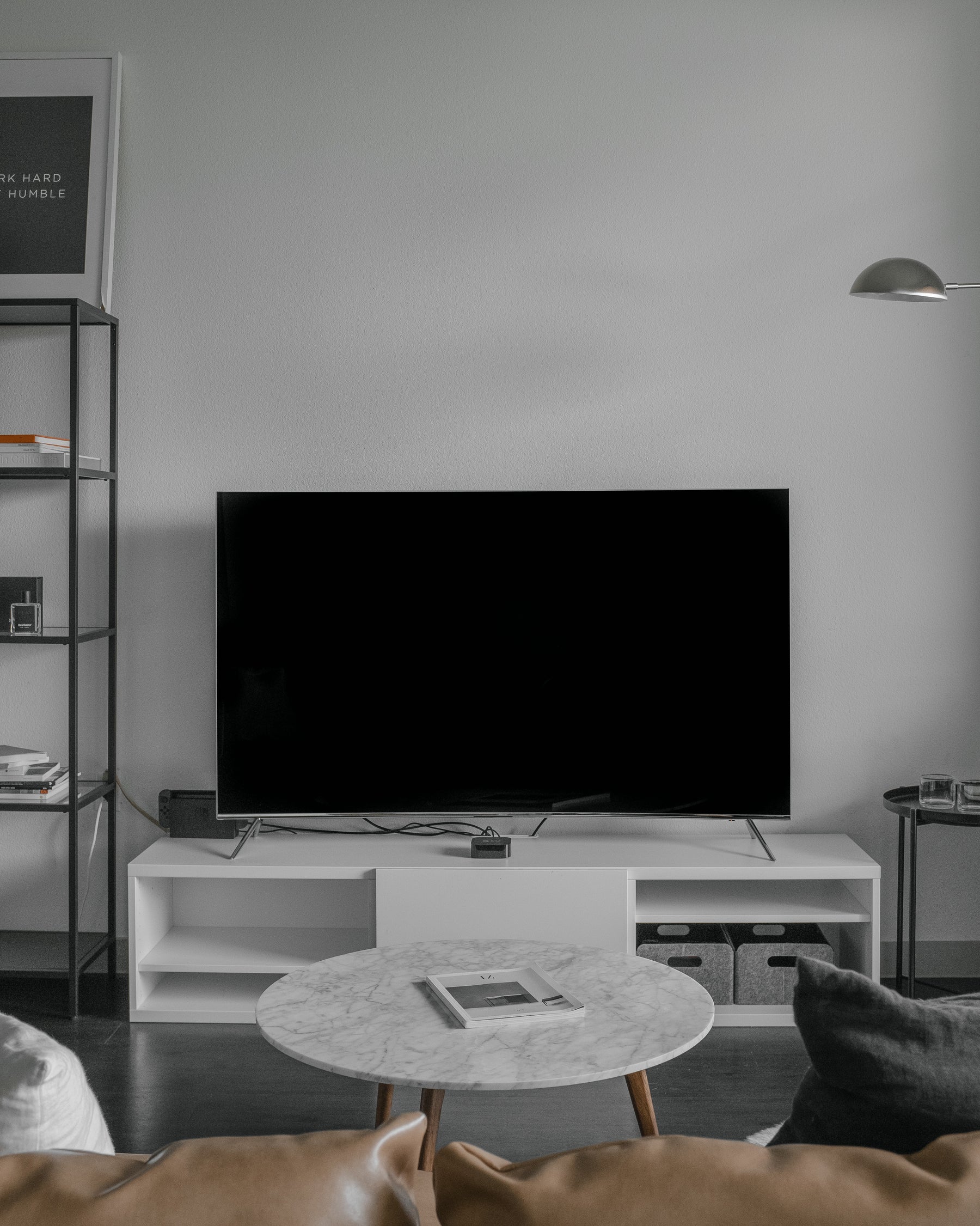
TV Resolution Face-Off: Tips for Selecting Premium Quality
TV resolutions refer to the number of pixels or tiny dots that compose the picture on the television. TV resolutions are the ones often quoted by sellers to people looking for a TV. It’s pretty common to see terms like “1080p Full HD” and “4K Ultra HD” used to advertise televisions. Most people refer to "4K" or "8K" when selling TVs since they sound like high-tech and impressive TVs.
People can find different TVs with different resolutions. Older flat-panel TVs and many 32-inch ones have about a million pixels and a 720p resolution, while more recent and 49-inch TVs have about 2 million pixels and a 1080p resolution. Even bigger TVs have more pixels and now have 4K and 8K resolutions.
There are currently multiple TV resolutions available in the market with their respective differences. Written below are the current resolutions and how different they are from one another.

720p
720p is also known as HD or High Definition and is a resolution with 1280x720 pixels displayed horizontally and vertically. Some TVs have 1366x768 as a native pixel resolution, but they are advertised as 720p TVs.
Compared to the old Standard Definition, which is the 480p resolution, 720p is definitely better. However, with 4K displays becoming more popular, 720p can no longer be considered very sharp for today's standards. In fact, 1080p is currently viewed as the mainstream TV resolution.
Even though 1080p is now the standard resolution for televisions, consumers can still get 720p TVs, especially when on a budget.
1080p
1080p is known as FHD or Full HD and is a resolution with 1920x1080 pixels. 1080p is currently the most common native resolution for high-definition screens and is commonly used by streaming services. True 1080p images are transmitted by Blu-ray players, game consoles, and streaming services like Netflix, Amazon Prime Video, and YouTube.
The main difference between 1080p and 720p is the number of pixels consisted in the image. 1080p is now the mainstream TV resolution and is enough to meet the typical user's demands, especially since they’re cheaper.
Many people choose to get 1080p TVs because they’re pretty much topped out in terms of features. Consumers can have access to most smart TV apps that 4K TVs typically have and even buy a gaming console for a lesser price than what most 4K TVs cost. Hooking up a PC to a 1080p TV is also good enough for most gamers who want to game in the living room, especially when they already put in a lot of money in a PC.
4K
4K is known as UHD or Ultra HD and 2160p and is a resolution with 3,840x2,160 pixels. Many people are still unfamiliar with the term 4K, which is a common source of confusion with the term UHD. 4K is usually all about the newest and most advanced TV screen resolutions with more detailed images than 1080p monitors.
4K should technically mean that the horizontal resolution is 4,096 pixels, but 4K horizontal resolutions only have 3,840 pixels. Still, it’s easier to round the number up and call it 4K instead of calling it 2160p or Ultra HD.
People can enjoy a great viewing experience with an excellent 4K TV because it has twice the horizontal and vertical resolutions like that of a 1080p TV. Higher resolution means that the image is clearer because it has more pixels that allow for more precise and better image quality. The difference between the two resolutions is evident when the TV screen is larger and when the viewer is farther away from the television.
Colour-wise, 4K resolutions have the advantage against 1080p since the extra pixels allow the TV to have more dynamic colours and deeper shadows than the latter. It is also worth noting that people can only enjoy special features like HDR or High Dynamic Range when they get a 4K or an 8K TV.
4K TVs are currently taking over the market, and Irwin’s Megastore and other stores even have more 4K televisions on sale than 1080p ones.
8K
8K is known as UHD, like 4K, but jokingly mentioned by CNET’s David Katzmaier as either MUHD or Mega Ultra High Definition or CHUHD or Colossaly Humungous Ultra High Definition. 8K first came to the market in 2019, and it was costly back then compared to 4K. Today, 8K televisions still cost a lot and are about double or more the price of a 4K TV.
8K is a resolution with 7,680x4,320 pixels. Like 4K, calling 8K as 8K is more straightforward than calling it 4320p or UHD. 8K requires at least HDMI 2.1 since they’re the bare minimum to handle 8K video content at up to 60 frames per second, and they can even handle 4K at 120 frames per second.
4K is becoming the resolution standard for TVs today, but 8K televisions are already slowly trickling into the market as early as 2019. 8K doubles the resolution of 4K and is also 16 times the pixels of 1080p.
Conclusion
As technology continuously advances, resolutions will get better, and someday it'll be normal to have 8K TVs in every house and 10K or higher resolutions. However, it will still take many years before it becomes a reality.
Resolutions are commonly used to sell television Waterford because 4K and 8K sound fancy and high-tech. Even though TV resolution is not the prime ingredient to determine if the TV is good, many people will still likely buy a TV based solely on its resolution and potentially the brand name. Just because a TV has a high resolution doesn't mean that it automatically looks better than lower resolution televisions.
If people want to look for a TV, they should look for a TV with better HDR or high dynamic range performance and better overall contrast ratio since TVs that have them look far better than just ones with more pixels.
Depending on consumer needs and a store's stock, 720p, 1080p, and 4K televisions in Cork are still the way to go.
Sources:
